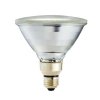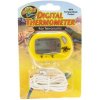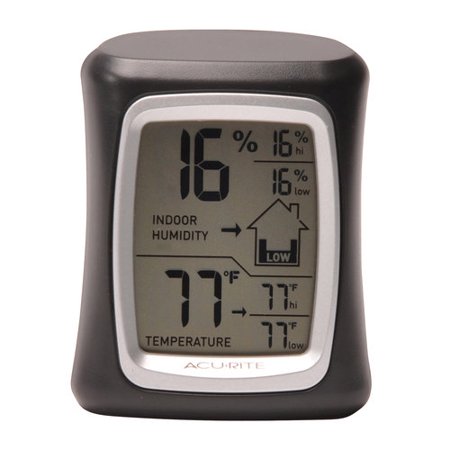- Messages
- 5,574
Welcome to the forum!! And a big Welcome to the wonderful and addicting world of Beardie's! There is alot of info in this forum from members that have had their Beardie's for a long time. I am hoping that this will help answer some questions and be somewhat of a guideline on caring for Bearded Dragons.
We would love to know a little bit about your set up: tank size, lighting, temps, substrate, what you are feeding.. that kind of stuff as that will give us an idea on if anything needs to be adjusted..
We love pictures!!
-Here's the basics: Offering a variety of bugs is always a good thing to do. As babies and up to young juvies should be eating 80% bugs for protein and 20% salads of greens/veggies/fruit.. Sub adults and up that will switch to 80% salads and 20% bugs. This may vary from dragon to dragon..
There are good resources on diets to look at for help on what is good and what is not... The space between their eyes is typically what they are able to fit in their mouths..
http://greathousefarm.com/Greathouse-Reptile-Nutrition-List.pdf
http://www.beautifuldragons.com/Nutrition.html
Crickets, dubia roaches, superworms, butterworms, waxworms, silkworms, hornworms are all good, some are treats as they are high in fats...
Making sure your temps are correct is very important. All dragons need a temp gradient from hot to warm to cool as they thermo regulate their body temps..Get a hand held temp gun or a digital probe to get accurate temps, the stick on's only measure the temp of the glass...
All dragons need the heat to digest food, they need proper UVB light to process D3 and other nutrients
There should be 3 "zones" basking, warm area and cool area. UVB lighting should cover 2/3rd's of your enclosure, no lights of any color at night as dragons have what is called their "3rd eye" it is a gland on top of their head that detects light/shadows. They need the dark/coolness to get the sleep and cool down that they need. As long as the night time temps don't dip below 65F all is good if it does get a CHE (Ceramic Heating Element) to keep temps up.
http://www.reptilesmagazine.com/Reptile-Health/Habitats-Care/Reptile-Lighting-Information/
Baby Dragons: Basking 100-107F warm 85-95F cool 70-75F
Juv Dragons: Basking anywhere from 95-107F Remember they need it to digest warm 85-95F cool 70F
Adults Basking 90-95F can also be low 100'sF warm 80-90F cool 70F
40 gal should be the minimum keeping in mind that most get 24" in length some longer..This also allows for proper temp zones.
Making sure your dragon is on safe substrate: repti carpet, paper towels, contact paper, ceramic tile, newspaper are safe. Any kind of sand, crushed walnut shells, wood, mulch, bark especially cedar which is very toxic are not suitable for dragons due to ingestion, they can cause impaction, skin lesions, respiratory infections, eye irritations
We would love to know a little bit about your set up: tank size, lighting, temps, substrate, what you are feeding.. that kind of stuff as that will give us an idea on if anything needs to be adjusted..
We love pictures!!

-Here's the basics: Offering a variety of bugs is always a good thing to do. As babies and up to young juvies should be eating 80% bugs for protein and 20% salads of greens/veggies/fruit.. Sub adults and up that will switch to 80% salads and 20% bugs. This may vary from dragon to dragon..
There are good resources on diets to look at for help on what is good and what is not... The space between their eyes is typically what they are able to fit in their mouths..
http://greathousefarm.com/Greathouse-Reptile-Nutrition-List.pdf
http://www.beautifuldragons.com/Nutrition.html
Crickets, dubia roaches, superworms, butterworms, waxworms, silkworms, hornworms are all good, some are treats as they are high in fats...
Making sure your temps are correct is very important. All dragons need a temp gradient from hot to warm to cool as they thermo regulate their body temps..Get a hand held temp gun or a digital probe to get accurate temps, the stick on's only measure the temp of the glass...
All dragons need the heat to digest food, they need proper UVB light to process D3 and other nutrients
There should be 3 "zones" basking, warm area and cool area. UVB lighting should cover 2/3rd's of your enclosure, no lights of any color at night as dragons have what is called their "3rd eye" it is a gland on top of their head that detects light/shadows. They need the dark/coolness to get the sleep and cool down that they need. As long as the night time temps don't dip below 65F all is good if it does get a CHE (Ceramic Heating Element) to keep temps up.
http://www.reptilesmagazine.com/Reptile-Health/Habitats-Care/Reptile-Lighting-Information/
Baby Dragons: Basking 100-107F warm 85-95F cool 70-75F
Juv Dragons: Basking anywhere from 95-107F Remember they need it to digest warm 85-95F cool 70F
Adults Basking 90-95F can also be low 100'sF warm 80-90F cool 70F
40 gal should be the minimum keeping in mind that most get 24" in length some longer..This also allows for proper temp zones.
Making sure your dragon is on safe substrate: repti carpet, paper towels, contact paper, ceramic tile, newspaper are safe. Any kind of sand, crushed walnut shells, wood, mulch, bark especially cedar which is very toxic are not suitable for dragons due to ingestion, they can cause impaction, skin lesions, respiratory infections, eye irritations
Last edited by a moderator:








